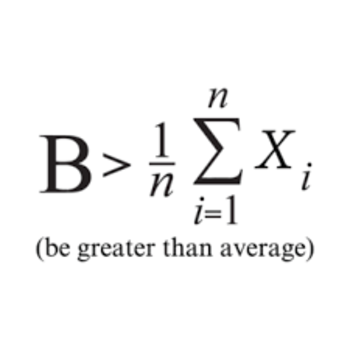Expalain the free radical substitution of alkane?
1 Answer
See below:
Explanation:
Alkanes can be converted to Halogenalkanes through a free radical substitution as free radicals are highly reactive.
This is best broken down into 3 steps: Initiation, Propagation and Termination
Lets use the reaction between Chlorine and Methane (
Initation
-
#Cl_2 -> 2Cl^.# A chlorine molecules is broken down by UV light and undergoes homolytic fission (electrons in the split covalent bond goes to each of the two atoms, which turn into free radicals- a species with an unpaired electron= reactive.) -
Propagation
These free radicals will go on and react with other molecules around them: like Methane.
The free radical will donate it's lone electron to form a new covalent bond with Hydrogen, causing the C-H bond in Methane to split and creating a new radical (a methyl radical) which will go on reacting.
This step can form the halogenalkane, chloromethane.
3 Termination
When two radicals react together to from a new molecule which will not go on reacting. This can also form the desired product.
This also produced Chloromethane.
Or form a new alkane in this case:
Which produces Ethane.

